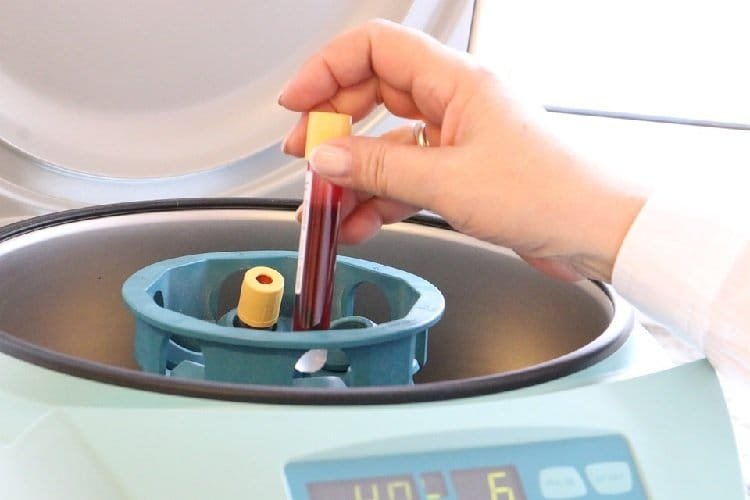It takes a specific method to extract protein samples for studies while protecting the integrity of the proteins. Using the right technique is crucial for the smooth execution of an experiment. Yet many researchers make common mistakes during this process that can negatively impact their molecular screenings. Use this quick guide to successfully extract protein samples for research.
Why Extract Protein Samples?
Extracting protein samples may be necessary for many different studies, tests, or scientific research. One common reason is for molecular screening. In its broadest definition, molecular screening consists of conducting assays for the quantitative or qualitative assessment of a sample. Results of these assessments can offer a clearer understanding of how a protein functions within an organism. Logically, molecular screening and protein analysis has many practical applications in health and medicine: The analysis of protein interactions can guide pharmaceutical drug development, for example.

Identify Your Study Method
Before you begin protein sample extraction, decide what method you will be using to study the proteins. Identifying your method will determine the preparation and resources you will need to complete your project. Three main types of protein studies exist:
-
In vivo. The in vivo method looks at proteins within the whole of an organism. The point is usually to see how proteins interact with other parts of the body and with other proteins.
-
In vitro. In vitro protein studies use purified and isolated proteins analyzed in a controlled environment, such as a lab. These studies may be necessary prior to using a live model, for safer drug testing.
-
In silico. An in silico study is the newest method of studying proteins. It uses computer simulations to decrease the time and resources necessary to complete a project. In silico studies are common during cell analysis.
All three methods of studying proteins generally require the need to extract protein samples. Extraction takes purifying and then isolating the protein from other components of the cell, which can be a time-consuming process.
Disrupt the Cells
The first step in protein sample extraction is cell lysis, or the breaking down of the cell. Cell lysis typically involves using viral, enzymic, or osmotic elements that compromise the cell’s integrity. Cell lysis breaks open cells to prevent forces that could compromise the sensitive proteins and DNA.
Cell lysis is the most common strategy in blotting to analyze specific proteins, as well as for protein purification. Completing cell lysis for protein extraction takes using a special detergent, called a reagent. Different reagents exist with unique optimizations according to the needs of the researcher. Use the right reagent for your project. Otherwise, you could also physically disrupt the cells.
Extract the Relevant Protein Fraction
Using the appropriate detergent or the less-common physical disruption method, you will be able to solubilize and separate the proteins you need for your study. This is called protein isolation. It is important to use the correct cell lysis method prior to extraction, so that you don’t damage or modify the proteins. If they become unfolded, then you may need to refold the denatured protein. However, many proteins spontaneously renature on their own upon the removal of the reagent through dialysis. After the isolation of the protein, you can carry out extraction for your study.
SOURCES:
http://www.emdmillipore.com/
https://www.biochain.com/
http://www.genlantis.com/cell-
https://mpkb.org/home/

